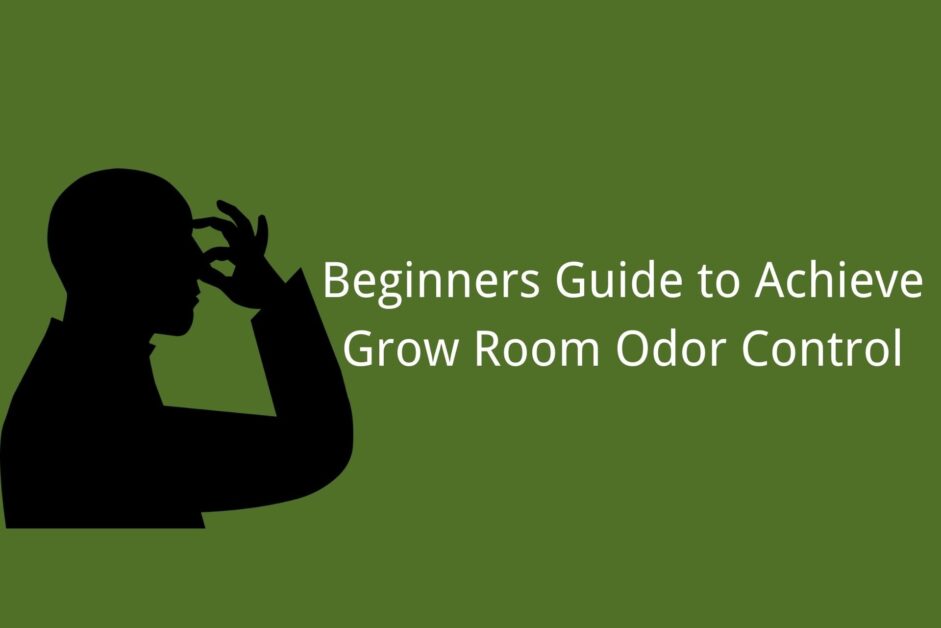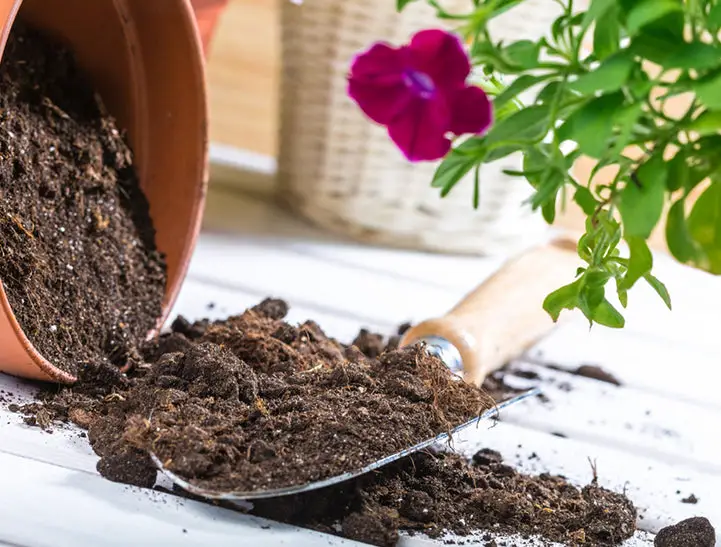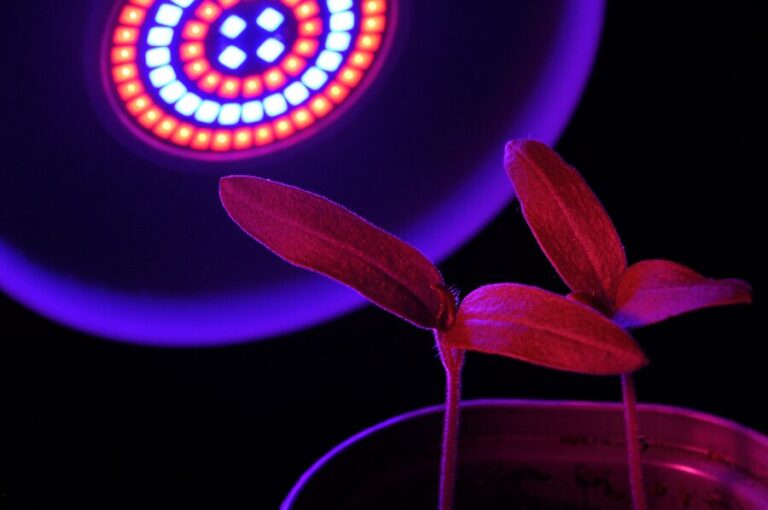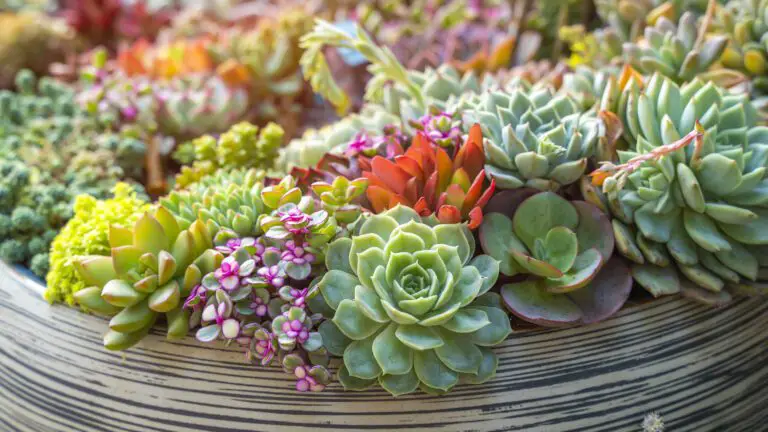How to Slash and Erase Your Plants’ Odor: The Best Grow Room Odor Control Tips
Table of Contents
Understanding the Importance of Odor Control in Grow Rooms
Odor control is a crucial aspect of maintaining a healthy and productive growing environment in indoor gardens. While plants emit natural aromas during their growth process, certain odors can become overpowering and unpleasant if not properly managed. The importance of odor control in grow rooms cannot be overstated as it not only ensures a pleasant experience for growers but also helps in minimizing the risk of attracting pests and unwanted attention.
Controlling odors in grow rooms is particularly important for those who live in residential areas or have neighbors in close proximity. The pungent smells emitted by plants can easily waft into surrounding spaces, causing discomfort and potentially raising concerns. By implementing effective odor control measures, growers can maintain a harmonious relationship with their neighbors, ensuring a peaceful coexistence while pursuing their gardening passions. Additionally, odor control is important for commercial growers as well, as it can impact the overall quality of the products and the reputation of the business. With proper odor control practices in place, growers can ensure that their plants thrive in a fresh and odor-free environment, leading to healthier crops and improved yields.
Identifying the Common Sources of Odor in Grow Rooms
In grow rooms, there are several common sources of odor that can affect the overall environment and potentially impact the quality of the plants. One such source is the cultivation of certain plant varieties, particularly those with strong aromas. Plants such as basil, mint, and lavender are known for their delightful scents, but in a concentrated indoor environment, these fragrances can become overwhelming and overpowering.
Another common source of odor in grow rooms is the accumulation of organic matter, such as dead leaves or plant debris. This organic material can decompose over time, releasing unpleasant odors into the air. Additionally, if there is insufficient airflow or ventilation in the grow room, these odors can become trapped and linger, further exacerbating the issue.
Furthermore, improper hygiene and cleanliness within the grow room can contribute to the development of odors. Mold and mildew formation due to high humidity levels, as well as the presence of pests or pest droppings, can emit foul smells. It is essential to maintain a clean and hygienic grow room environment to minimize the risk of odor and ensure optimal plant health.
• Cultivation of certain plant varieties, such as basil, mint, and lavender
• Accumulation of organic matter like dead leaves or plant debris
• Insufficient airflow or ventilation in the grow room
• Improper hygiene and cleanliness within the grow room
– Mold and mildew formation due to high humidity levels
– Presence of pests or pest droppings
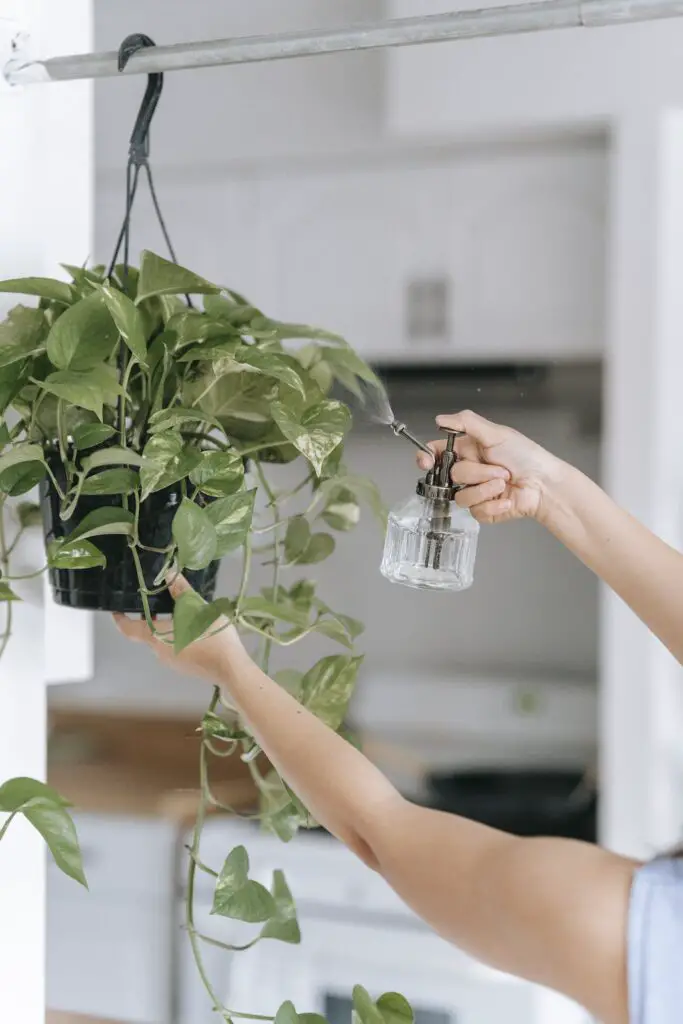
Proper Ventilation and Air Circulation Techniques for Odor Control
Proper ventilation and air circulation are crucial aspects of odor control in grow rooms. Inadequate airflow can result in the buildup of stagnant air, which can intensify unpleasant smells and contribute to the growth of odor-causing bacteria. By implementing effective ventilation techniques, gardeners can create a healthier and more pleasant environment for their plants.
One way to improve air circulation is by using exhaust fans to remove stale air and bring in fresh air from outside. These fans help to eliminate trapped odors and maintain a continuous flow of air throughout the grow room. Additionally, installing oscillating fans can further enhance air movement by creating gentle breezes that prevent pockets of stagnant air from forming. This consistent airflow not only helps to control odors but also promotes stronger plant growth by ensuring that carbon dioxide, an essential element for photosynthesis, is efficiently distributed.
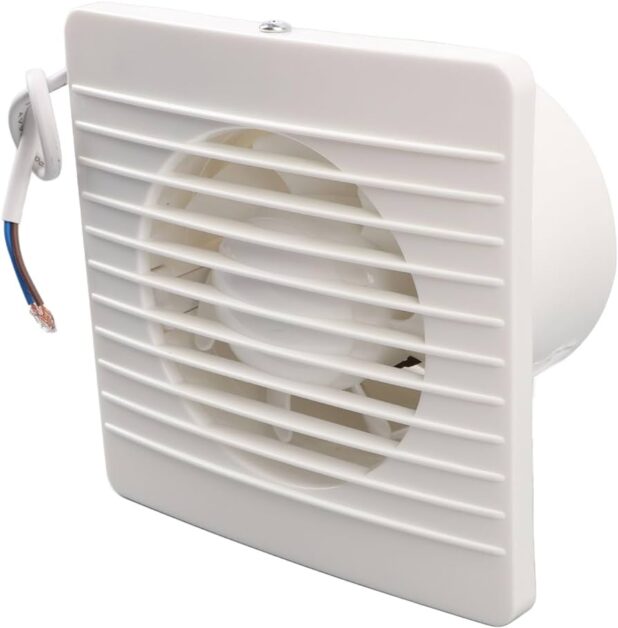
Choosing the Right Type of Fans and Filters for Odor Elimination
When it comes to odor elimination in grow rooms, choosing the right type of fans and filters is crucial. The effectiveness of these components directly impacts the overall success of odor control measures. Fans play a vital role in air circulation, while filters work to remove unwanted odors from the air.
When selecting fans for odor elimination, it is important to consider their airflow capacity and noise levels. Opting for a fan with a higher airflow capacity ensures efficient ventilation and helps maintain proper air circulation in the grow room. Additionally, selecting a fan with lower noise levels allows for a quieter environment, which can be beneficial for growers who spend long hours tending to their plants.
Filters, on the other hand, are designed to trap and neutralize odors. Carbon filters, commonly used in grow rooms, are highly effective in adsorbing odor molecules. When choosing a carbon filter, it is recommended to look for filters with a high pore density, as this indicates a larger surface area for odor absorption. Additionally, considering the size of the filter in relation to the grow room is essential to ensure optimal performance. A well-sized filter will adequately filter the air within the room, effectively reducing odors.
| Aspect | Fans | Filters |
|---|---|---|
| Function | Circulate air | Capture and trap odor-causing particles |
| Mechanism | Move air through a space | Pass air through a filtering medium (activated charcoal, HEPA, etc.) |
| Odor Removal | Limited (only disperses odors) | Effective at trapping and removing odors |
| Installation | Easy to install and operate | May require installation and periodic maintenance |
| Cost | Generally lower initial cost | Higher initial cost, but varying maintenance costs |
| Effectiveness | Limited effectiveness in odor elimination | Highly effective in odor removal |
| Additional Features | Variable speed settings | Some come with multiple filtration stages |
Maintaining Cleanliness and Hygiene in the Grow Room to Minimize Odor
Maintaining cleanliness and hygiene in the grow room is crucial to minimize odor and ensure a healthy environment for your plants. The presence of dirt, debris, and decaying organic matter can contribute to the production of foul odors, as well as provide a breeding ground for mold, mildew, and bacteria. To mitigate these issues, regular cleaning and sanitation practices should be implemented.
Start by removing any dead leaves, plant debris, or fallen blooms from the grow room. These decaying materials can release unpleasant odors and attract pests. Using a soft brush or vacuum cleaner with a HEPA filter, gently sweep or suck up any dirt or dust that may have accumulated on the floor, walls, or equipment. Pay special attention to hard-to-reach areas, such as corners or crevices, where mold or bacteria may thrive.

Utilizing Carbon Filters and Activated Charcoal for Effective Odor Control
Carbon filters and activated charcoal are highly effective methods for controlling and eliminating odors in grow rooms. These filtration systems work by trapping and neutralizing odor-causing molecules, ensuring that the air circulated within the grow room is clean and free from any unpleasant smells.
Carbon filters are designed with a porous structure that allows air to pass through while capturing odor particles. They are typically filled with activated charcoal, a type of carbon that has been processed to increase its surface area and ability to adsorb odors. As air passes through the filter, the activated charcoal adsorbs the odor molecules, effectively removing them from the air.
One of the key advantages of utilizing carbon filters and activated charcoal is their versatility. They can effectively eliminate a wide range of odors, including those produced by plants, fertilizers, and other grow room equipment. Additionally, these filtration systems are relatively easy to install and maintain, making them a popular choice among growers seeking effective odor control solutions.
By incorporating carbon filters and activated charcoal into your grow room ventilation system, you can significantly reduce the presence of odors and create an environment that is more enjoyable to work in. This not only benefits the grower, but also helps to minimize any potential odor leakage, ensuring that the surrounding area remains free from unwanted smells.
Implementing a Regular Cleaning Schedule for Grow Room Equipment
Regular cleaning of grow room equipment is an essential practice to maintain cleanliness and hygiene, and ultimately minimize odor in the grow room. By implementing a regular cleaning schedule, gardeners can ensure that any accumulated dirt, debris, or organic matter is promptly removed from the equipment, preventing the growth of odor-causing bacteria and fungi.
One of the key aspects of a regular cleaning schedule is the thorough cleaning of grow lights, reflectors, and fixtures. These components are often exposed to heat and moisture, creating an ideal environment for the growth of bacteria and molds. By regularly wiping down and disinfecting these surfaces, gardeners can prevent the buildup of contaminants that contribute to unpleasant odors in the grow room.
In addition to cleaning grow lights and fixtures, it is crucial to regularly clean and sanitize other equipment such as hydroponic systems, pumps, tubing, and reservoirs. These components can become breeding grounds for bacteria and algae if not properly maintained. By incorporating a regular cleaning routine, gardeners can eliminate these potential sources of odors and ensure the optimal functioning of their hydroponic systems.
| Equipment | Frequency | Cleaning Tasks |
|---|---|---|
| Grow Lights | Monthly | – Dusting the surface of the lights. -Checking for any signs of damage or wear |
| Ventilation Fans | Bi-weekly | – Wiping down fan blades and grilles – Checking for any obstructions or buildup in the ductwork |
| Air Filters | Quarterly | – Replacing or cleaning filters depending on type – Inspecting for any damage or degradation |
| Humidifiers | Weekly | – Emptying and cleaning the water reservoir – Wiping down exterior surfaces |
| Dehumidifiers | Monthly | – Cleaning the water collection bucket or drainage system – Wiping down exterior surfaces |
| CO2 Regulators | Quarterly | – Checking for leaks and proper function – Cleaning or replacing filters and regulators as needed |
| Temperature & Humidity Sensors | Monthly | – Calibrating sensors if necessary – Wiping down exterior surfaces |
| Irrigation System | Bi-weekly | – Flushing the system with clean water – Checking for clogs or damaged components |
| Grow Trays | Weekly | – Removing debris and residue – Sanitizing with a mild detergent or disinfectant solution |
| Pots and Containers | After each harvest | – Thoroughly cleaning pots and containers with soap and water – Disinfecting with a bleach solution if needed |
Controlling Humidity Levels to Prevent the Growth of Odor-causing Bacteria
Maintaining optimal humidity levels is crucial in preventing the growth of odor-causing bacteria in your grow room. High humidity can create a favorable environment for bacteria to thrive, resulting in unpleasant smells that can impact the quality of your plants. On the other hand, excessively low humidity levels can lead to dryness and stress for your plants, affecting their overall health and productivity.
To effectively control humidity, it is important to implement a reliable ventilation system that can regulate the exchange of air in your grow room. This will help in removing excess moisture and replenishing the air with fresh, dry air from the outside. Additionally, using dehumidifiers or exhaust fans can aid in reducing humidity levels, especially during periods of high humidity. Regular monitoring of humidity levels with the help of hygrometers will also allow you to make timely adjustments and ensure that conditions remain within the optimal range for your specific plant species.
By effectively controlling humidity levels, you can significantly reduce the growth of odor-causing bacteria in your grow room. This not only helps in maintaining a clean and pleasant environment but also promotes the healthy growth and development of your plants. Remember, a well-controlled humidity level is a key factor in preventing the formation of unwanted odors, ensuring a successful and odor-free gardening experience.
Using Natural Odor Absorbers and Air Purifying Techniques in Grow Rooms
Natural odor absorbers and air purifying techniques are essential for maintaining a fresh and pleasant environment in grow rooms. These methods not only help eliminate unwanted smells, but also contribute to the overall health and well-being of the plants. One effective approach is the use of activated charcoal, which has the ability to absorb and trap odorous compounds, effectively neutralizing them. By strategically placing activated charcoal near the source of the odor or using it in air filtration systems, growers can significantly reduce the presence of unpleasant smells.
Another natural odor absorber that can be utilized in grow rooms is baking soda. This common household ingredient has been proven to effectively absorb odors and is safe to use around plants. By sprinkling a thin layer of baking soda on the soil surface or placing open containers of it in the grow room, odors can be minimized. Additionally, certain plants, such as lavender and mint, have natural deodorizing properties due to their essential oils. These plants can be grown alongside the main crop to help neutralize odors and emit pleasant fragrances. The combination of natural odor absorbers and air purifying techniques offers a chemical-free solution for maintaining a fresh and pleasant environment in grow rooms.
Avoiding Over-fertilization and Properly Managing Nutrient Levels to Reduce Odor
Properly managing nutrient levels is crucial in reducing odor in grow rooms. Over-fertilization can lead to an excessive buildup of nutrients in the growing medium, causing the plants to produce more volatile organic compounds (VOCs) and resulting in unpleasant odors. By maintaining a balanced nutrient regime and ensuring that the plants receive the appropriate amount of fertilizers, you can minimize the risk of odor issues.
One effective approach is to closely monitor the nutrient requirements of your plants and tailor the fertilization accordingly. Different types of plants have varying nutritional needs at different stages of growth. By following a precise nutrient management plan, you can provide your plants with the optimal amount of nutrients without overdoing it. This not only helps to reduce odor, but also promotes healthier plant growth and maximizes yields. Additionally, using high-quality fertilizers that are specifically formulated for hydroponic systems can minimize the risk of excess nutrients, further aiding in odor control.
Incorporating Essential Oils and Aromatherapy for Pleasant Smells in the Grow Room
Incorporating essential oils and aromatherapy in the grow room can offer more than just pleasant smells. These natural fragrances can also have a positive impact on the overall health and growth of your plants.
Certain essential oils, such as lavender, peppermint, or eucalyptus, have been known to possess antimicrobial properties that help ward off harmful bacteria and fungi. By introducing these oils into the grow room environment, you can create a more sanitized and hygienic space for your plants to thrive. Additionally, some essential oils can act as natural insect repellents, keeping unwanted pests at bay without the use of harmful chemicals.
When using essential oils in the grow room, it’s crucial to remember that moderation is key. While they can offer numerous benefits, they should be used sparingly to avoid overwhelming the plants or disrupting their natural growth cycles. Experimenting with different scents and finding the right balance that works for your specific plant species can enhance the overall ambiance of the grow room while promoting a healthy and thriving growing environment.
Monitoring and Controlling Temperature in the Grow Room to Minimize Odor
Maintaining optimal temperature levels is crucial in a grow room to minimize odor and promote healthy plant growth. Deviations from the ideal temperature range can not only affect the metabolic processes of plants but also create an environment conducive to the growth of odor-causing bacteria and fungi.
To effectively monitor and control temperature in the grow room, it is essential to invest in a reliable thermometer or temperature sensor. This will allow you to accurately measure the temperature and make necessary adjustments to maintain the desired range. Additionally, installing a thermostat or temperature controller can help automate the temperature regulation process, ensuring consistency and stability in the grow room environment.
Proper ventilation and air circulation play a vital role in temperature control. By ensuring a constant flow of fresh air, heat buildup can be prevented, and temperature fluctuations can be minimized. Use exhaust fans to remove hot air and bring in cool air from outside. Supplementing this with oscillating fans inside the grow room will help distribute heat evenly and prevent hotspots.
Remember, maintaining the right temperature not only helps in odor control but also influences other essential factors like nutrient uptake, transpiration, and photosynthesis. By monitoring and controlling temperature effectively, you create an optimal growing environment that maximizes plant health and minimizes unwanted odors.
Best Practices for Preventing Odor Leakage and Ensuring a Odor-free Grow Room
Preventing odor leakage and maintaining an odor-free grow room is essential for any gardening enthusiast. Not only does it ensure a pleasant environment, but it also promotes the health and vitality of the plants. Here are some best practices to consider for achieving this goal.
Firstly, it is vital to properly seal the grow room to prevent any odor from escaping. This can be done by checking for any cracks, gaps, or openings in the walls, ceiling, doors, and windows. Using weatherstripping and caulking can effectively seal these areas and minimize the chances of odor leakage. Additionally, installing airtight ventilation systems and exhaust fans will help in controlling and directing the airflow, ensuring that any odors are efficiently removed from the grow room.
Moreover, investing in high-quality carbon filters and activated charcoal can significantly contribute to odor control. These filters effectively neutralize and absorb the odorous particles, preventing them from circulating in the air. It is crucial to select filters and charcoal that are specifically designed for odor elimination and ensure they are regularly replaced or cleaned to maintain their effectiveness. By implementing these practices, gardeners can create a clean and odor-free environment that promotes healthy plant growth.
(Note: The article is not concluded. This section provides a brief introduction to the best practices for preventing odor leakage and ensuring an odor-free grow room. The following paragraphs can expand on these practices and provide more specific details and tips for implementation, making the article comprehensive and informative.)
How can I prevent odor leakage in my grow room?
Proper ventilation and air circulation techniques, choosing the right fans and filters, maintaining cleanliness and hygiene, utilizing carbon filters and activated charcoal, and controlling humidity levels are all effective methods to prevent odor leakage in a grow room.
What are some common sources of odor in grow rooms?
Common sources of odor in grow rooms include plants during the flowering stage, decomposing plant matter, stagnant air, humidity, and inadequate air circulation.
How can I choose the right type of fans and filters for odor elimination?
When selecting fans and filters for odor elimination, consider factors such as the size of your grow room, the airflow capacity of the fans, and the filtration efficiency of the filters. It is important to choose fans and filters specifically designed for odor control.
Can cleanliness and hygiene help minimize odor in my grow room?
Yes, maintaining cleanliness and hygiene in your grow room is essential to minimize odor. Regular cleaning of equipment, removing plant debris, and practicing good sanitation practices can help prevent the growth of odor-causing bacteria.
What are some natural odor absorbers and air purifying techniques I can use in my grow room?
Natural odor absorbers such as activated charcoal, baking soda, and coffee grounds can help absorb and neutralize odors in a grow room. Additionally, using air purifiers equipped with HEPA filters can help remove airborne particles and odors.
How can I control humidity levels to prevent the growth of odor-causing bacteria?
Maintaining optimal humidity levels in the grow room is important to prevent the growth of odor-causing bacteria. This can be achieved by using dehumidifiers, proper ventilation, and monitoring humidity levels with hygrometers.
Is over-fertilization a common cause of odor in grow rooms?
Yes, over-fertilization can lead to nutrient imbalances and excess organic matter in the grow room, which can contribute to unpleasant odors. Properly managing nutrient levels and avoiding over-fertilization can help reduce odor.
Can incorporating essential oils and aromatherapy help create pleasant smells in the grow room?
Yes, incorporating essential oils and aromatherapy can help mask or neutralize odors in the grow room. However, it is important to use essential oils sparingly and choose scents that do not negatively affect the plants.
Why is monitoring and controlling temperature important for minimizing odor in the grow room?
Temperature plays a role in the growth and release of odors in the grow room. Monitoring and controlling temperature levels can help minimize the production and spread of odors.
What are the best practices for preventing odor leakage and ensuring an odor-free grow room?
The best practices for preventing odor leakage and ensuring an odor-free grow room include understanding the importance of odor control, proper ventilation and air circulation techniques, choosing the right fans and filters, maintaining cleanliness and hygiene, utilizing carbon filters and activated charcoal, implementing a regular cleaning schedule, controlling humidity levels, using natural odor absorbers and air purifying techniques, avoiding over-fertilization, incorporating essential oils and aromatherapy, and monitoring and controlling temperature.

Ankit Garg is a seasoned writer at South El Monte Hydroponics, blending his passion for agriculture with a penchant for storytelling. With a degree in Agricultural Sciences from a prestigious institution, Ankit’s expertise lies in hydroponics, sustainable farming, and innovative cultivation techniques. His keen interest in exploring the intersection of technology and agriculture has led him to delve deep into the realm of hydroponic farming, where he thrives in uncovering the latest advancements and sharing insights through his engaging prose. Ankit’s dedication to promoting eco-friendly and efficient farming practices through his writing has earned him recognition within the agricultural community and beyond.

